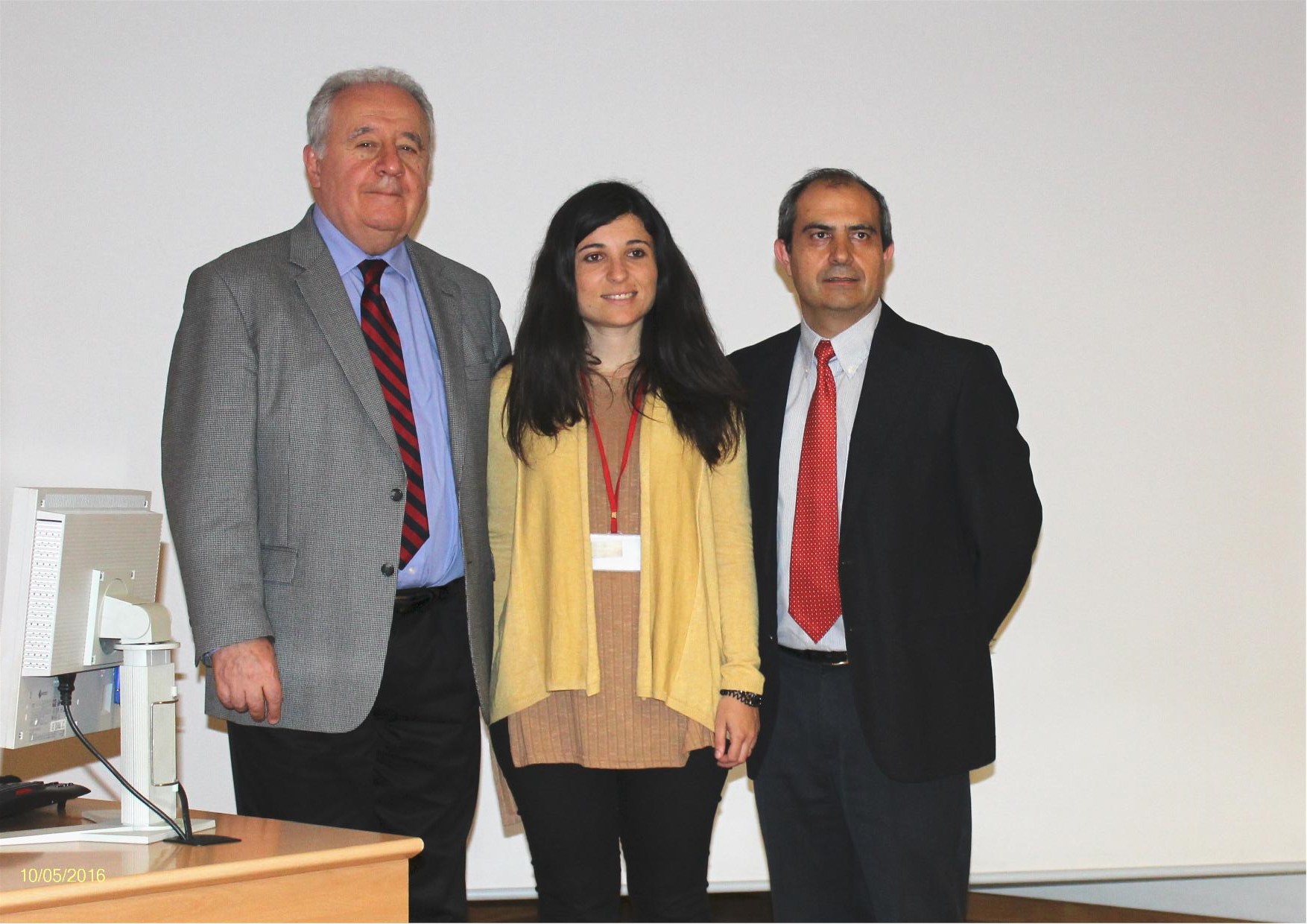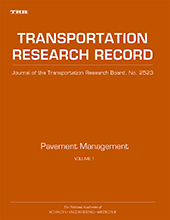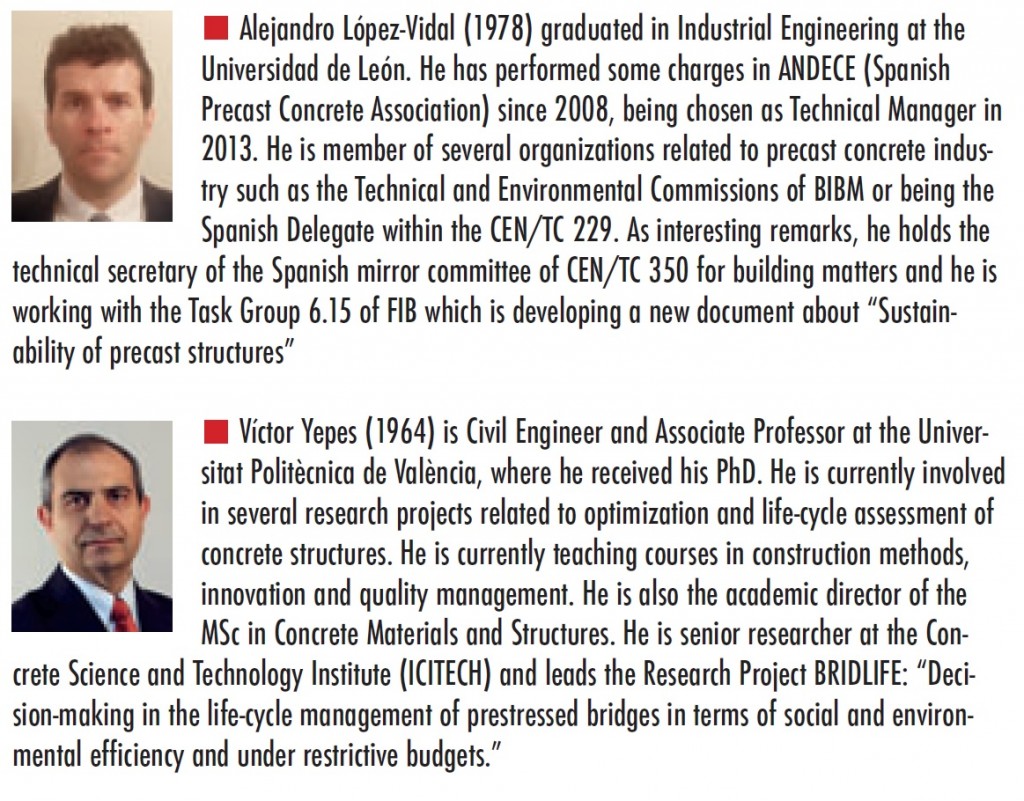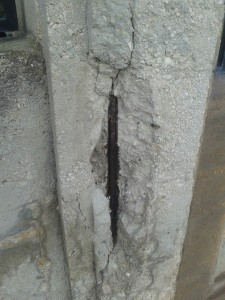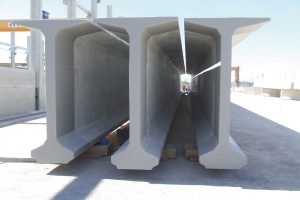
LÓPEZ-VIDAL, A.; YEPES, V. (2016). A first approach: Towards a sustainable civil engineering works with precast concrete solutions. II International Conference on Concrete Sustainability, ICCS16, 13-15 June 2016, Madrid (Spain), pp. 1134-1143. ISBN: 978-84-945077-7-9
Abstract. Most of the advances carried out to set standardized methodologies to quantify the contribution to “sustainabilize” the construction are linked to buildings rather than infrastructures, and much more in particular to housing [1]. Global impact on housing are the widest and highest one, gathering the three sustainable axis: environmental (greenhouse gas emissions derived from heating or cooling to reach indoor comfort conditions), social (home is a basic need for families) and economic (it usually represents the main expense over the life of people). Meanwhile civil engineering work has not evolved as long on this topic. Although we generally refer to greater constructions, sustainable impacts are more diffused and don´t have such a direct repercussion into the citizens and daily life. For this reasons, there is no as many literature and investigation as in housing. It may implies a technical and promotional handicap to promote a higher use of precast concrete elements in a field governed by engineers that appreciate better their performance advantages. This paper is intended to describe the strengths (and weaknesses) that precast concrete construction will have into the upcoming standards for civil engineering, in order to enhance their possibilities to reach a greater market share. Sustainable indicators on current draft standards will be assessed.
Key words: precast concrete, industrialization, sustainability, civil engineering works

